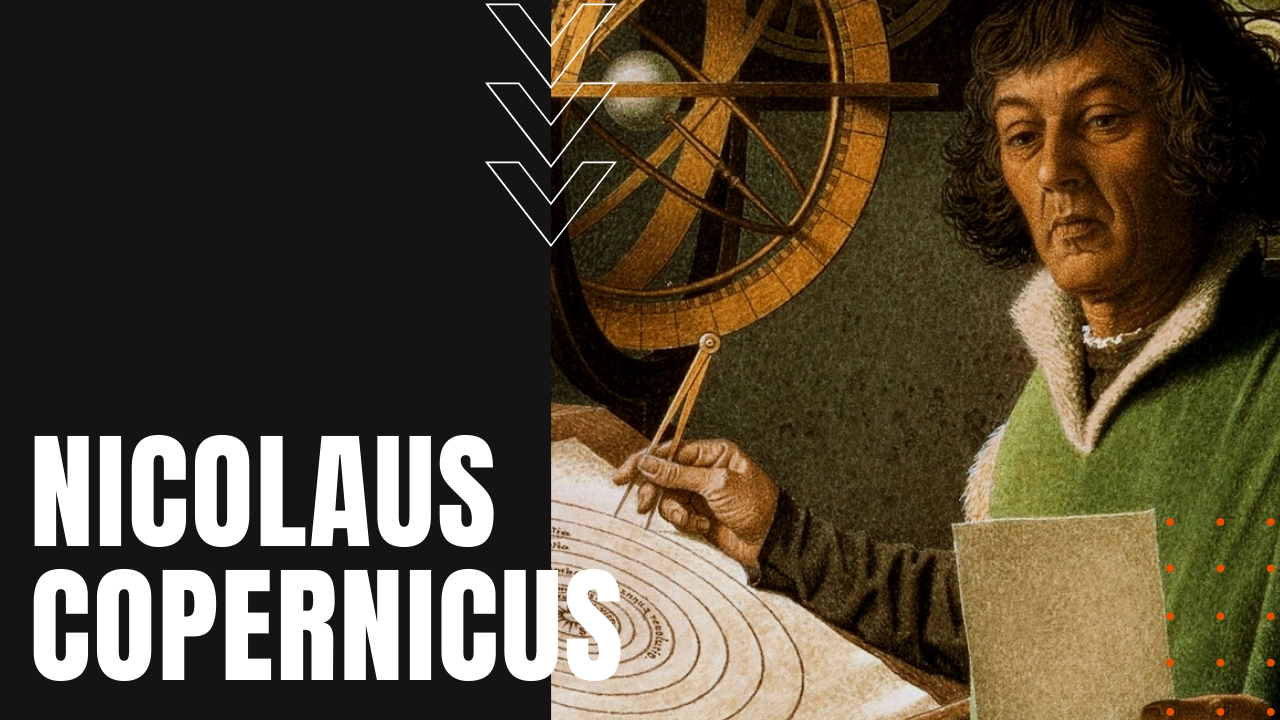Nicolaus Copernicus: Heliocentricity, Orbital Periods and Inspiring Astronomy

After studying astronomy and astrology at the University of Padua, in 1503, polyglot and polymath Nicolaus Copernicus received his doctoral degree in canon or ecclesiastical law from the University of Ferrara, returning to his Polish homeland to become a church administrator and a doctor.
His passion for astronomy soon brought him notoriety within the Catholic Church, where in 1514 he was consulted by church officials in their efforts to reform the Julian calendar.
Belief in Circular Orbits
Dating back to ancient times, philosophers clung to the belief that the heavens were arranged in circles, despite the fact that many observers recorded planetary movements that sometimes appeared to halt in their orbits around earth in a retrograde path across the sky. In response to some of these dogging inconsistencies, in the second century A.D., Alexandrian geographer and astronomer Ptolemy proposed a more refined earth-centric universe, arguing that the known planets moved about the earth in small circles or epicycles of varying speeds.
What did Nicolaus Copernicus Discover?
More than 1,000 years later, in 1514, Copernicus wrote a short astronomical treatise which translates to the “Little Commentary,” setting forth the foundation of his heliocentric or sun-centered universe, where he correctly noted the order of the known planets.
A second body of works known as the “Six Books,” most notably “On the Revolutions of the Celestial Spheres” was published in 1543—the year of his death—which saved Copernicus from later charges of heresy by the Catholic Church during the Inquisition’s 1616 banning of his works. In his largely academic and unreadable “Revolutions,” Copernicus correctly postulated that the earth and other known planets in the universe revolved around the sun at varying rates of speed, while the earth, in turn, spun on his axis, rotating around the sun in one-year intervals.
Shoulders of Giants
While his failure to conceptualize the reality of elliptical orbits and the impact of gravity on celestial bodies, his work was later embraced by 17th-century thinkers such as Galileo and Johannes Kepler, which resulted in Galileo’s trial and conviction for heresy before living out the remainder of his life in comfortable house arrest.
After Isaac Newton’s groundbreaking insights into celestial mechanics late in the 17th century, acceptance of the sun-centric Copernican theory began to spread throughout non-Catholic countries, until its near-universal acceptance by the late 18th century, making Nicolaus Copernicus, an early disrupter in man’s ongoing search for celestial truths.
